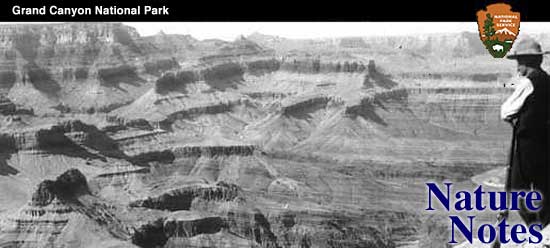

|
By Lyndon L. Hargrave, Field Director, MARKING BIRDS with serially numbered metal bands as a method of studying their movements through the years is sponsored and supported by the Biological Survey of the United States Department of Agriculture. Through the application of this method much is learned concerning the movements of individual birds -- knowledge which could be gained in no other way. Advantages for personal study of both migratory and resident birds, moreover, are offered to one who has an interest in ornithology. From the aesthetic view point, familiarity with the personalities of birds -- for they do have personality -- through the continued handling of individuals gives one a pleasure not otherwise experienced; and a full appreciation of the beauty of plumage can be had only by closely observing a bird in full vigor of life as held in the hand. My interest in this method of studying was a direct result of observing juncos at my winter feeding station outside my office window. I naturally wished to recognize the different species, but a thorough study of several good books on birds completely confused me. I then came to the realization that even closer examination of individual birds would be necessary before I could name the bird on sight. Bird-banding offered a solution to my difficulties. I had for some time known that Mr. Randolph Jenks had been banding birds in southern Arizona, so through his assistance I was duly authorized to collaborate with the Biological Survey. Thus was established the Museum of Northern Arizona Bird-Banding Station. By this time winter had passed and I was in the field conducting archaeological researches. My first banding work, therefore, was with summer birds and, strangely enough, my first bird, banded June 3, 1931, was Grace's Warbler (Dendroica graciae graciae), the first of this species ever to be banded. Five others were banded during the summer. A number of birds of several other species were also banded this first summer. With the coming of fall, a permanent winter station was established at Coyote Range, the estate of Dr. H. S. Colton, Director of the Museum. This station has been operated with gratifying results since its establishment. Most birds banded during the winter months have been juncos. During the late spring and summer banding activities have been almost exclusively confined to localities being studied by the Museum research expeditions.
In the past nineteen months 1504 individual birds of fifty species and subspecies have been banded. Of this number 1067 were juncos. The most important results to date have to do with this genus. The data collected deal principally with problems of movements on winter feeding grounds. There are so few banding stations in the Great Basin that information on movements of great length is general, and will remain so until banded birds are captured while migrating. Though the San Francisco Mountains occupy a strategic position for the study of migrating birds which favor conifer forests, the value of the work would be vastly increased if a chain of stations could be established from the breeding grounds of migratory species to the wintering grounds of Arizona. The banding station at the Grand Canyon occupies a position of equal importance. These two stations being within the winter range of several races of juncos and also being intermediate between the breeding and wintering grounds of many individuals, the importance of cooperation between them cannot be over emphasized, especially in a study of the migration of the genus Junco. Many local problems may also be studied, each station serving as a check upon the ether. Both stations have recently been established and it is hoped that as the years go by, they will be able to materially increase our knowledge of juncos and other species which migrate through this region. | ||||||
| <<< Previous | > Cover < | Next >>> |
vol7-11e.htm
14-Oct-2011